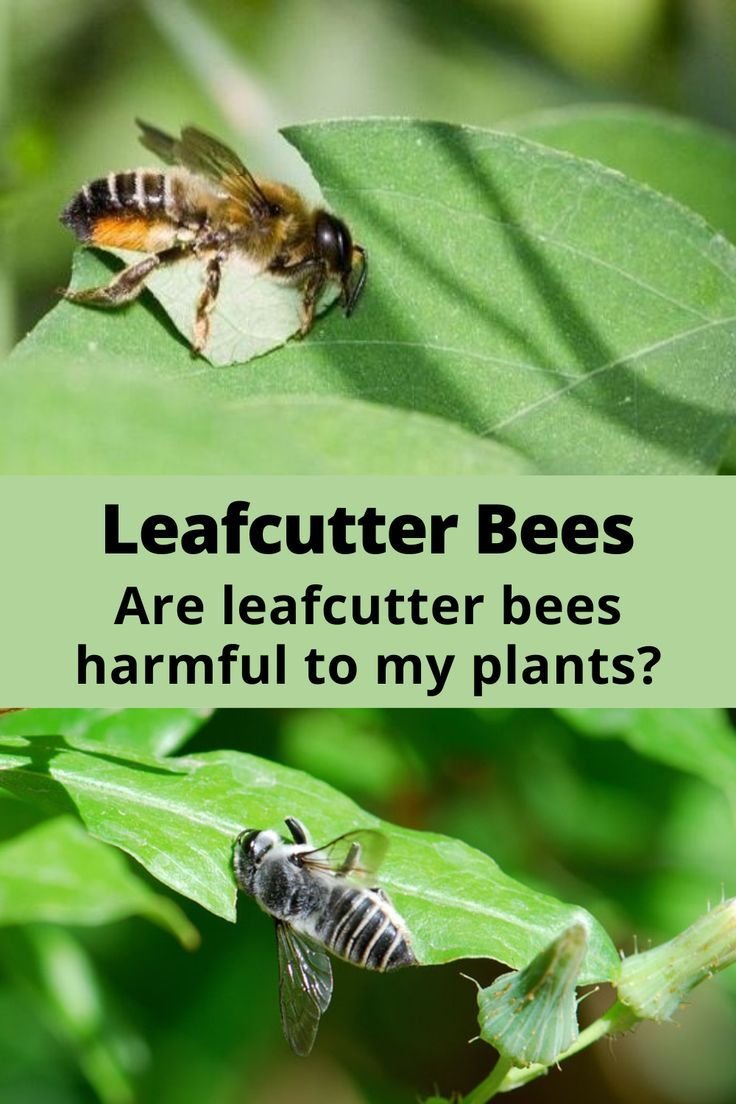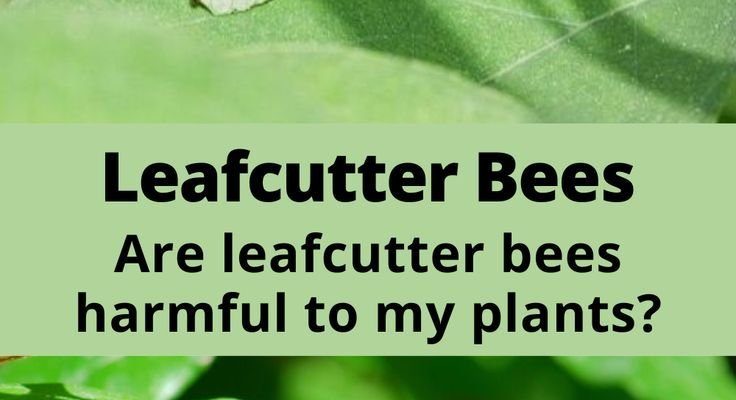
Imagine you’re tending to your garden, watering the tomatoes, and suddenly, you notice some busy bees flying around, cutting perfect circles from leaves. You might think, “What are they doing?” Well, they’re not just being pests; they’re actually helping out in the cycle of life. Leafcutter bees don’t just help in pollinating; they also contribute to the well-being of your garden. Let’s dive deeper into the benefits these fascinating insects offer for farmers and gardeners alike.
What Are Leafcutter Bees?
Leafcutter bees are a type of solitary bee, meaning they don’t live in hives like honeybees. Instead, they create their nests in small cavities, often found in wood or plant stems. They get their name from their unique behavior of cutting circular pieces from leaves, which they use to line their nests. These clever little bees are quite adept at collecting these leaf pieces, making tiny, perfect circles that look like something out of a craft store.
Here’s the interesting part: leafcutter bees are exceptional pollinators. While they’re busy collecting leaves for their nests, they’re also pollinating flowers. This dual role makes them incredibly beneficial for plants, especially fruit and vegetable crops. You might be wondering, “How exactly do they pollinate?” Well, as they move from flower to flower, pollen from one flower sticks to their bodies and gets transferred to the next, allowing plants to produce seeds and fruit. It’s a win-win situation for everyone involved!
Enhancing Pollination in Your Garden
One of the most significant benefits of having leafcutter bees around is their role in pollination. Studies have shown that these bees are particularly effective at pollinating certain crops, such as alfalfa, berries, and fruit trees. Since they’re solitary and don’t compete with each other for resources, you can actually have a more diverse pollination process happening in your garden.
You might think, “What does this mean for my plants?” Well, more effective pollination leads to higher yields and better-quality fruits and vegetables. For example, if you’re trying to grow luscious strawberries or plump tomatoes, having leafcutter bees in your garden can result in larger and sweeter produce. Plus, they tend to visit flowers at different times of the day compared to honeybees, giving your plants a better chance at pollination throughout the day.
Supporting Biodiversity
Biodiversity is essential for a healthy ecosystem, and leafcutter bees contribute to this in a big way. By encouraging these bees in your garden, you’re also supporting a variety of other plants and animals. Think of it as playing a part in a larger team effort. When you plant a diverse range of flowers, you attract different types of bees and, in turn, create a habitat that supports various insects, birds, and even small mammals.
You might be curious about how you can attract these helpful bees to your space. Planting native flowers and providing nesting sites can make your garden a welcoming spot for leafcutter bees. Some great flowers to consider include lavender, sunflowers, and coneflowers. Just imagine your garden buzzing with life, filled with colorful blooms and the gentle hum of pollinators at work!
Easy Ways to Attract Leafcutter Bees
Getting leafcutter bees to visit your garden doesn’t require a lot of effort, but it does involve some planning. Here are a few tips to help you roll out the welcome mat for these beneficial insects:
- Plant native flowers: Native plants are specifically adapted to your region and attract a variety of local pollinators, including leafcutter bees.
- Provide nesting materials: Leafcutter bees like to nest in hollow stems or small cavities. You can create nesting sites by leaving some plant stems untrimmed or using bee hotels.
- Avoid pesticides: Chemicals can harm bees. Opt for organic pest control methods whenever possible to keep your garden bee-friendly.
- Water sources: Providing a shallow dish of water with pebbles can help bees stay hydrated while they work in your garden.
By implementing these strategies, you’re not only creating a haven for leafcutter bees but also enhancing the overall health and productivity of your gardening efforts.
Leafcutter Bees vs. Honeybees: What’s the Difference?
While both leafcutter bees and honeybees are important pollinators, they have some notable differences. Honeybees live in colonies and produce honey, while leafcutter bees are solitary and don’t produce honey. Instead, they gather pollen and nectar to nourish their young. This distinction is important because it highlights that leafcutter bees don’t compete with honeybees for food sources.
Another key difference is their nesting habits. Honeybees build complex hives that can house thousands of bees, while leafcutter bees create individual nests in small cavities. This means that you can have both types of bees in your garden at the same time, working together to pollinate your plants.
So, why not take advantage of having both? By doing so, you create a balanced environment where all types of pollinators can thrive. It’s like having the best of both worlds!
In the end, the benefits of leafcutter bees for gardeners and farmers are clear. They enhance pollination, support biodiversity, and can lead to more fruitful harvests. By welcoming these fascinating little creatures into your garden, you’re not just helping them; you’re helping your plants thrive, too.
So the next time you see a leafcutter bee buzzing around, take a moment to appreciate what they’re doing for your garden. By fostering a healthy environment for them, you’ll enjoy the fruits of their labor in vibrant blooms and bountiful harvests. Let’s give a shout-out to the leafcutter bee—the unsung hero of your gardening efforts!

